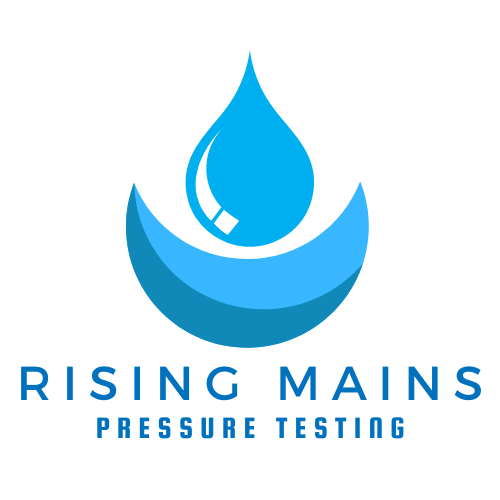Rising mains, the pressurised pipelines that transport wastewater or sewage from lower elevations to higher elevations, play a critical role in wastewater management infrastructure. However, these systems are susceptible to the accumulation of sediments, debris, and other materials that can impede flow, reduce hydraulic efficiency, and potentially lead to blockages or overflows. To mitigate these risks and ensure optimal performance, regular rising main flushing is an essential maintenance practice.
Contact Us
Flushing rising mains offers numerous benefits that contribute to the overall efficiency and longevity of the wastewater transportation system:
Over time, solid particles such as sand, grit, and other debris can accumulate within the rising main, potentially causing obstructions and reducing flow capacity. Flushing effectively removes these accumulated materials, restoring the pipeline’s full flow potential.
The buildup of biofilms, mineral deposits, and other materials on the interior surfaces of the rising main can restrict flow and decrease hydraulic efficiency. Regular flushing helps remove these obstructions, improving overall flow dynamics and system performance.
Blockages in rising mains can lead to backups or overflows, posing significant environmental and public health risks. By proactively removing accumulated materials, flushing helps mitigate the likelihood of such incidents.
Stagnant water in rising mains can promote bacterial growth and degrade water quality. Flushing removes this stagnant water, introducing fresh water and improving overall water quality within the system.
By maintaining optimal flow conditions and minimising the buildup of materials, regular flushing helps extend the operational lifespan of the rising main system, reducing the need for costly repairs or replacements.
Our experienced professionals follow a comprehensive flushing process tailored to the specific needs and conditions of each rising main system:
The section of the rising main to be flushed is isolated by closing valves or installing temporary line stops to prevent the influx of additional wastewater during the flushing operation.
A suitable discharge point is identified for the flushed water, considering environmental regulations and potential impacts on nearby water bodies or drainage systems.
Flushing Method Selection: Several flushing methods can be employed, depending on the specific conditions of the rising main:
High-velocity water flow is introduced from hydrants or tankers to create a scouring action within the pipes.
Compressed air is introduced to create turbulent flow, dislodging accumulated materials.
Projectile devices called “pigs” are propelled through the pipes, scraping the walls and removing buildup.
During the flushing process, our trained professionals closely monitor water quality parameters, such as turbidity and chlorine levels, to ensure the effectiveness of the flushing operation.
After flushing, the rising main may need to be disinfected using chlorine or other approved methods to ensure water quality and prevent bacterial regrowth.
Post-flushing sampling and testing are conducted to verify the effectiveness of the process and ensure compliance with applicable regulations.
The frequency of rising main flushing depends on various factors, including pipe material, age, flow rates, water quality, and site-specific conditions. A comprehensive flushing plan and schedule should be developed in consultation with our experts to minimize disruptions and ensure efficient use of resources. Regular flushing, as recommended by industry guidelines or based on site-specific assessments, is essential for maintaining the long-term performance of the rising main system.
Rising main flushing operations require adherence to strict safety protocols. Our team follows comprehensive safety measures, including traffic control measures, personal protective equipment (PPE), and confined space entry procedures, to ensure the safety of workers and the public.
Environmental concerns, such as the proper disposal of flushed water and sediments, are also carefully addressed in accordance with applicable regulations. We prioritise responsible practices that minimise the impact on the surrounding environment.
